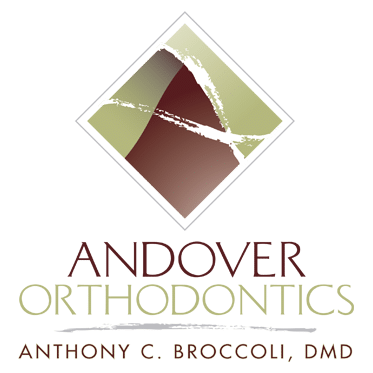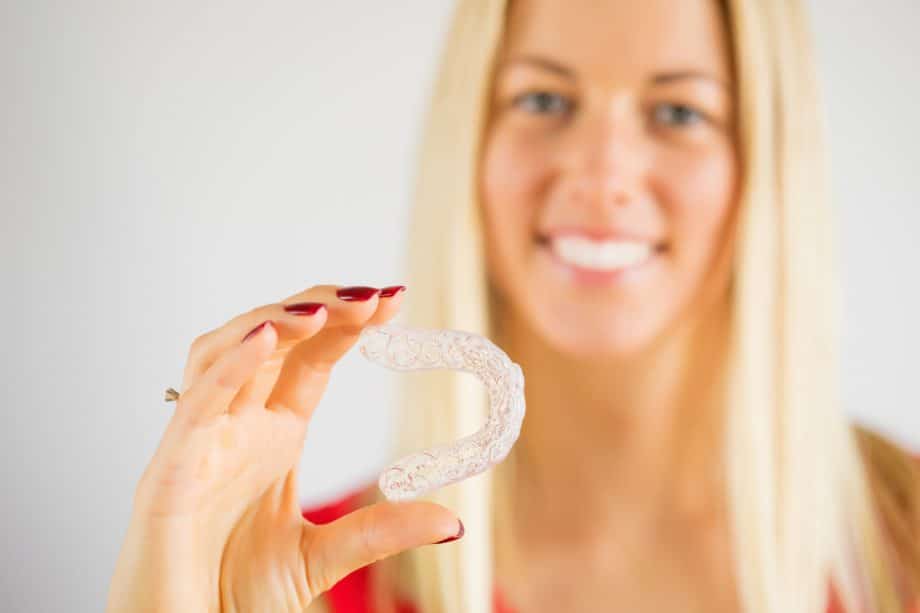Invisalign is the new alternative to traditional braces. The name Invisalign comes from the word “invisible” because they are clear and “align” because they move teeth into proper alignment. In addition to how they look, one of the biggest differences between Invisalign and traditional braces is that dental offices offer them, making it unnecessary to see an orthodontist to get this treatment.
Although you could get Invisalign from a dentist rather than an orthodontist, the real question at hand is whether or not you should. What’s the difference and does it really matter? Let’s look at a few important considerations.
How Invisalign Works
The first step is an initial consultation where the dentist or orthodontist evaluates the patient’s teeth and determines whether or not they are an ideal candidate for Invisalign treatment (in other words, deciding whether or not Invisalign would be successful in correcting the patient’s teeth). X-Rays and photographs will be taken of the patient’s teeth and mouth to help make this determination.
If the patient is a candidate, a digital scan will be taken of the teeth and a custom plan will be designed by the dentist or orthodontist to align the teeth using a series of clear aligners (similar to retainers). Designing the aligners for optimal tooth movement using Invisalign’s software is a critical step. Since orthodontists do extra training to learn how teeth move they are very comfortable with this design process. Most importantly, if the patient is not an ideal candidate for Invisalign treatment an orthodontist can explain why and you will know what outcome to expect. Since the orthodontist is an expert in tooth movement, they can discuss different treatment options and therapy combinations to get you the results you want.
Patients then come in to get their aligners and any necessary attachments placed, and are instructed on how to wear the aligners for ideal results. The entire process typically takes from 6 to 18 months depending on how much movement is needed.
Training and Experience are Key to Choosing a Provider
When it comes to choosing between a dentist and an orthodontist for this treatment, one important factor is experience. You should look for a provider who has not only completed the required training, but who has used Invisalign to successfully treat a large number of patients.
Dentists and orthodontists must complete a training program in order to be certified to provide Invisalign to patients. An orthodontist already has advanced education in the alignment and correction of teeth, two to three years in addition to dental school. An orthodontist focuses on just moving teeth, whereas a dentist needs to focus on the repair and care of teeth and may not have the same concentrated expertise in the tooth moving field. An orthodontist can use many methods to align teeth and understands each method’s strengths and shortcomings. A dentist may only be able to offer basic Invisalign treatment.
The Final Verdict
The answer to the original question, of “Do you need to see an orthodontist for Invisalign?” is no. You don’t need to. But should you? The answer here is up to you. But is there a greater chance that an orthodontist will have more experience using Invisalign and treating the misalignment of teeth? Yes, because orthodontics is their main focus.
Andover Orthodontics
Dr. Anthony Broccoli has completed the Invisalign Orthodontic Master Program and has successfully treated numerous patients including adults and teens using Invisalign. If you’re interested in trying this alternative to braces, call (978) 475-0450 today to schedule a free consultation or request an appointment.



